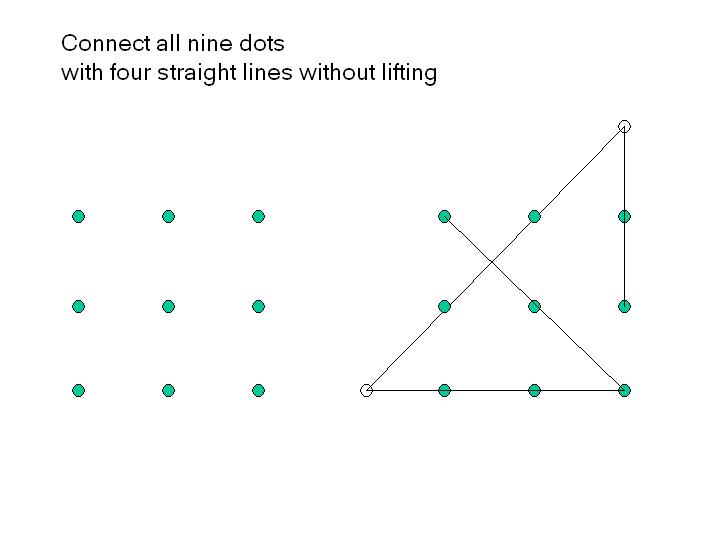

Which is the sum of the first and last terms. This works because, for example, in my above sequence:

In general, the sequences you’re talking about are called arithmetic sequences (where the difference between consecutive terms is constant, for example, 3,7,11,15,19,23,…) It’s always easy to add up a finite arithmetic sequence:Īf=the first term in the sequence It’s easy to see where they get this name if you consider the number of pins in bowling (10=1+2+3+4) or balls in a pool rack (15=1+2+3+4+5). The numbers you mentioned are called the triangular numbers. The winning player is the one with the most boxes.I just figured this out by guess and check but im just wondering what is this called and how do you use it for odd intergers or numbers starting at -5 and going up by 3’s or something like that. Once every line on the grid has been drawn, both players count the number of boxes that they scored to calculate their points. After a point has been scored, the scoring player draws another line, and their turn only ends when they can’t finish off a box. If more than one box is created by a single line, that player scores 1 point for each box that they created. Whenever a player completes the fourth side of a square and encloses it, that player scores 1 point and colors the box in or writes their initials inside of it to mark it off as their box. To play, each player takes turns drawing a single line between two dots on the grid either horizontally or vertically. To set the game up, draw a grid of dots that is at least 4 dots long and 4 dots wide, although you can make the grid bigger if you'd like to make the game last longer. The aim of the game is to capture more boxes than your opponent by drawing lines on a grid. X Research source /web/20070825035216/cf./ilanpi/dots.htmlĭots and Boxes is a two-player game played with a pen and paper. If you're near the end and it's close, take them and keep moving. If the game is early on, sacrifice the boxes. with D3js people often use d as one of two optional parameters into anonymous methods (with d being the data, and i being the incrementing counter). if using a path object, the d property will describe the shape of your path. if your case is simple, then I recommend line.

Remember this only works if there is another option available that doesn't give up a chain - a two-sided box you can safely draw a line in after cutting the chain up.You give up the first chain, yes - but you also minimize the long-term damage. To do so, you give up a chain before you're forced to, but you do so in a way that cuts the chain into two separate chains - giving blue an even number of chains remaining and a new chance to win. However, if Blue has at least 1 more box then Red, she can still tie the game, and she can win if they're up 3 boxes or more. Continuing with the 5x5 example where Red goes first (and wants an odd number of chains), imagine there are three chains on the board, meaning Blue will lose. Sacrifice a chain to reset the count if you're pre-determined to lose. Note: A set of just two boxes is not considered a chain in this strategy.The second player wins if there are an odd number of chains. If there are an even number of dots (4x4 board, 6圆, etc.) then the first player wins if there is an even number of chains.The second player wins if there are an even number. If there have an odd number of total dots (5x5 board, 9x9, etc.) then the first player wins if there is an odd number of chains.How? You control the number of chains available on the board based on a simple mathematical rule: But there is a way to manipulate the game to ensure you win the very first chain, double-cross the rest of the time, and thus win the game. This is true - the winner of the first chain is usually the winner. The grey data is actually by month, that is why there is a data point every four weeks and missing data points in between those four weeks. If both players know the double-cross rule mentioned above, then it would seem like every game will come down to who wins the first chain, as they can then double-cross their opponent until they win. Force good opponents into giving you the first chain.


 0 kommentar(er)
0 kommentar(er)
